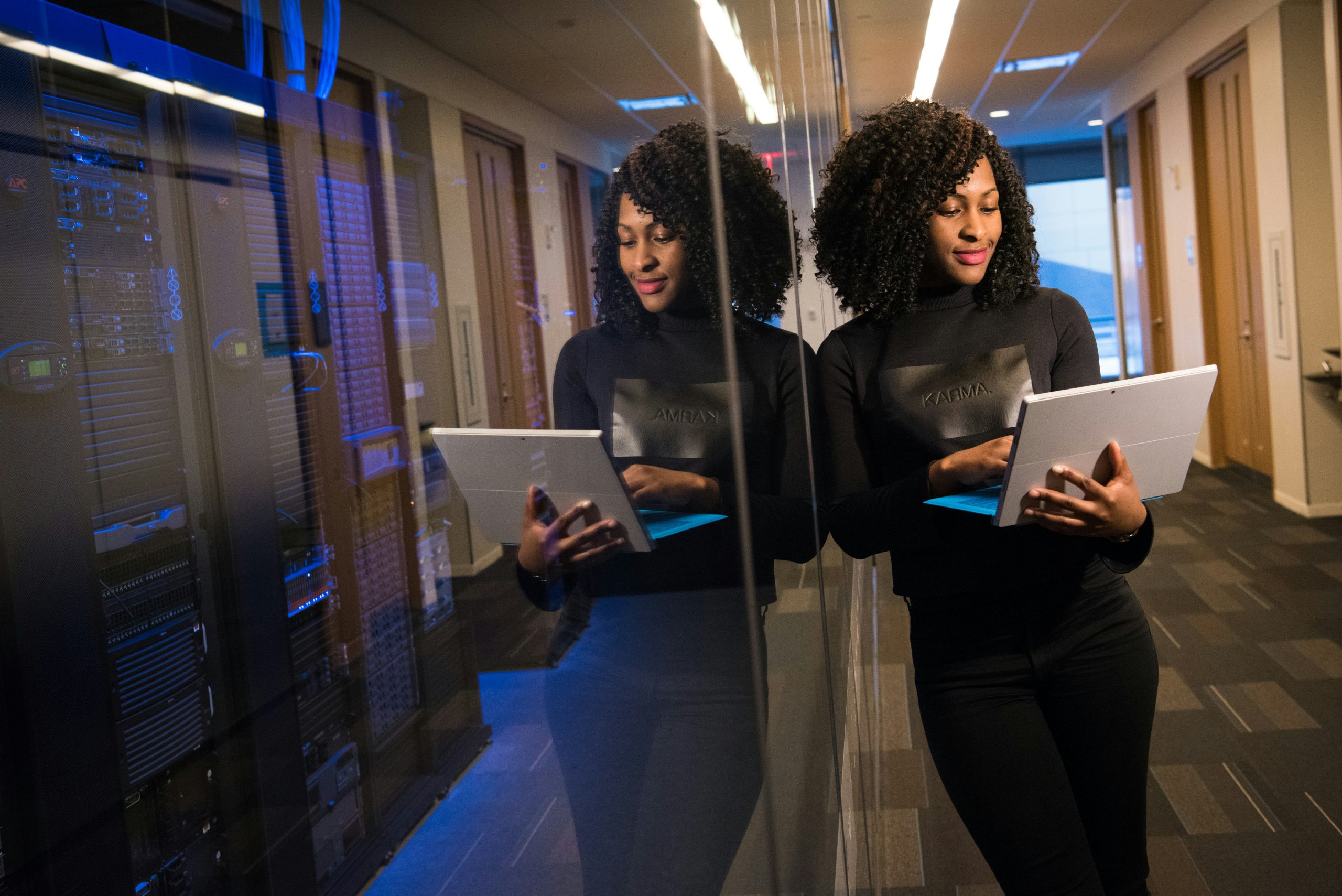 How do we ensure the learning resources provided to students are successfully preparing them for the future?
How do we ensure the learning resources provided to students are successfully preparing them for the future?
Laurie Burruss, education consultant at Lynda.com and professor at Pasadena City College, recently gave us a rundown of what the skills gap means for the future, and what we need to do in order to narrow it. This begins with reexamining the way we conceptualize our careers. In the previous era, we could imagine a ladder that we would move up rung by rung toward our ultimate destination. Now, as Sheryl Samberg pointed out in her bestselling book, Lean In, it’s more accurate to picture a jungle gym, with the bars branching off in all directions. Watch the full recording here, and browse slides here.
The biggest companies in the world have listed what skills they’re looking for in recent grads. These have been remarkably consistent in recent years:
- Communication (oral, written, and visual)
- Business Acumen and Awareness
- Teamwork
- Negotiation and Persuasion
- Problem-solving
Laurie then went through several ways in which we’re now able to use data to determine in-demand skills, and match them to learning opportunities. On demand learning is one of the most promising areas in education right now. Some other examples of where this occurs is point-of-need instruction, flipped classrooms, MOOCs, and more.
Laurie discussed the importance of mixing “soft” and “hard” skills as a strategy to bridge the skills gap and ensure learners’ ability to obtain the jobs that are and will be, versus the jobs that once were.
Watch the full webinar recording here, and don’t forget to check out the other two webinars in our series, “The Onus is On Us: How Higher Ed Can Bridge the Skills Gap.”






